-
 Bitcoin
Bitcoin $108,996.1967
2.65% -
 Ethereum
Ethereum $2,568.0446
5.65% -
 Tether USDt
Tether USDt $1.0004
0.02% -
 XRP
XRP $2.2532
3.07% -
 BNB
BNB $659.8395
1.51% -
 Solana
Solana $153.8915
3.45% -
 USDC
USDC $0.9999
-0.02% -
 TRON
TRON $0.2839
0.92% -
 Dogecoin
Dogecoin $0.1696
6.19% -
 Cardano
Cardano $0.5894
6.83% -
 Hyperliquid
Hyperliquid $39.8845
6.55% -
 Sui
Sui $2.8870
7.43% -
 Bitcoin Cash
Bitcoin Cash $501.4074
-0.52% -
 Chainlink
Chainlink $13.5237
4.68% -
 UNUS SED LEO
UNUS SED LEO $9.0168
0.76% -
 Avalanche
Avalanche $18.6548
7.56% -
 Stellar
Stellar $0.2405
4.66% -
 Toncoin
Toncoin $2.8775
3.34% -
 Shiba Inu
Shiba Inu $0.0...01189
4.74% -
 Litecoin
Litecoin $88.6280
5.55% -
 Hedera
Hedera $0.1560
7.09% -
 Monero
Monero $322.9053
2.78% -
 Polkadot
Polkadot $3.5526
7.23% -
 Bitget Token
Bitget Token $4.5886
2.35% -
 Dai
Dai $1.0000
0.00% -
 Ethena USDe
Ethena USDe $1.0001
0.00% -
 Uniswap
Uniswap $7.3492
12.17% -
 Pepe
Pepe $0.0...01023
9.43% -
 Aave
Aave $274.8468
5.51% -
 Pi
Pi $0.4933
1.06%
Is it reliable to invest in fil currency?
The evaluation of Filecoin's technical factors, market dynamics, team credibility, project roadmap, and potential risks is essential for determining the reliability of FIL as an investment.
Jan 09, 2025 at 08:41 am
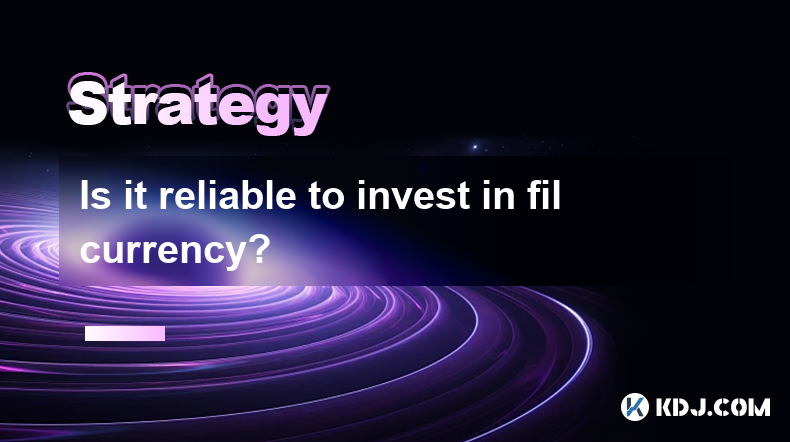
Key Points
- Understanding Filecoin (FIL) and its value proposition
- Evaluating the reliability of FIL investment based on technical factors
- Assessing the market dynamics and adoption of FIL
- Analyzing the team and project roadmap behind Filecoin
- Considering potential risks and rewards of FIL investment
Step 1: Understanding Filecoin (FIL) and its Value Proposition
Filecoin (FIL) is a decentralized data storage and retrieval network that incentivizes users to contribute storage space and bandwidth. It utilizes blockchain technology to create a secure and reliable infrastructure for storing and sharing digital data. By leveraging distributed storage, Filecoin aims to provide a cost-efficient and censorship-resistant alternative to traditional cloud storage providers.
The FIL token is the native cryptocurrency of the Filecoin network. It plays a crucial role in facilitating transactions for storage space and retrieval services. FIL holders can participate in the network by providing storage or by staking their tokens in exchange for rewards.
Step 2: Evaluating the Reliability of FIL Investment Based on Technical Factors
When considering the reliability of a cryptocurrency investment, several technical factors should be assessed:
- Consensus mechanism: Filecoin employs a proof-of-replication consensus mechanism, which ensures the integrity and availability of stored data. Users provide storage space and the network verifies its reliability through replication checks.
- Smart contract functionality: Filecoin smart contracts govern the relationships between storage providers and clients. These contracts specify the terms of storage, including price, duration, and performance metrics.
- Blockchain security: Filecoin's blockchain is built on the Interplanetary File System (IPFS), a well-established distributed file storage protocol. IPFS utilizes a content-addressable, peer-to-peer network, which enhances data security and resilience.
- On-chain data: On-chain data provides valuable insights into the network's usage, storage capacity, and token distribution. Investors can monitor key metrics such as the number of active storage providers, data volume stored, and FIL token issuance rate.
Step 3: Assessing the Market Dynamics and Adoption of FIL
The market dynamics of FIL are influenced by supply and demand, as well as the overall adoption rate of the Filecoin network. Here are some key considerations:
- Supply and demand: FIL token supply is influenced by the issuance rate and the number of storage providers entering the network. The demand for FIL is driven by the adoption of Filecoin as a storage solution.
- Adoption rate: The adoption of Filecoin depends on the uptake of its decentralized storage services by businesses, individuals, and other organizations. Partnerships, integrations, and marketing initiatives can contribute to increased adoption.
- Competitors: Filecoin competes with traditional cloud storage providers and other decentralized storage solutions. Investors should evaluate the competitive landscape and Filecoin's market share.
- Price performance: FIL's price is subject to market volatility and can fluctuate significantly. Investors should consider historical price data, market sentiment, and future developments to assess potential returns.
Step 4: Analyzing the Team and Project Roadmap Behind Filecoin
The credibility and expertise of the team behind Filecoin are crucial factors to consider. Additionally, the project roadmap outlines the future plans and developments for the network.
- Team: Filecoin is supported by a team with extensive experience in blockchain, distributed systems, and data storage. The team includes Protocol Labs, a research and development company founded by Juan Benet, the creator of IPFS.
- Project roadmap: Filecoin's roadmap provides a vision for the network's evolution, including improvements to storage efficiency, data retrieval capabilities, and the development of new use cases.
- Community engagement: Filecoin has an active community of developers, storage providers, and users. Community support and engagement can contribute to the network's longevity and growth potential.
Step 5: Considering Potential Risks and Rewards of FIL Investment
Like any investment, Filecoin carries both potential risks and rewards. Here are some key considerations:
- Technical risks: Filecoin is a relatively new project, and as with any new technology, it may encounter technical issues or security vulnerabilities.
- Market risks: Cryptocurrencies are volatile assets, and FIL's price can fluctuate significantly. Market downturns or negative news can impact its value.
- Competition: Filecoin competes with established cloud storage providers and other decentralized storage solutions. Increasing competition can affect its market share and adoption rate.
- Regulatory risks: Cryptocurrencies are subject to ongoing regulatory scrutiny. Potential regulations or changes in regulatory frameworks can impact the industry and individual cryptocurrencies like FIL.
- Potential rewards: If Filecoin successfully captures market share, it has the potential to provide significant returns for early investors. The decentralized storage market has significant growth potential.
- HODLing strategy: Many investors adopt a HODLing strategy with FIL, which involves holding the asset for the long term, anticipating potential price appreciation.
FAQs
What factors drive the price of FIL?
The price of FIL is influenced by supply and demand, adoption rate, market sentiment, and overall economic conditions.
Is Filecoin a good long-term investment?
The potential for Filecoin as a long-term investment depends on the continued adoption of the network, technological advancements, regulatory environment, and overall market conditions.
What are the main risks associated with investing in FIL?
The primary risks include technical issues, market volatility, competition, regulatory scrutiny, and loss of token value.
How can I access Filecoin's blockchain data?
Blockchain explorers, such as Filfox and FILScan, provide access to on-chain data for Filecoin.
Disclaimer:info@kdj.com
The information provided is not trading advice. kdj.com does not assume any responsibility for any investments made based on the information provided in this article. Cryptocurrencies are highly volatile and it is highly recommended that you invest with caution after thorough research!
If you believe that the content used on this website infringes your copyright, please contact us immediately (info@kdj.com) and we will delete it promptly.
- Meme Coin Mania: Is BTC Bull the Next Big Thing in a Limited Time BTC Bull Run?
- 2025-07-03 12:30:11
- Bitcoin Soars to $109,000: What's Fueling the Crypto Rally?
- 2025-07-03 10:30:13
- Splatterhouse Rocks Retro Scene: A UK Magazine Deep Dive
- 2025-07-03 12:30:11
- Bitcoin, the Senate Bill, and $107K: A Wild Ride on Capitol Hill
- 2025-07-03 12:50:11
- Chainlink's Chart Patterns Hint at a Big Move: Decoding the LINK Price
- 2025-07-03 10:50:12
- Shiba Inu, Solana Uptrend, Bitcoin Breakout: Decoding the Crypto Buzz
- 2025-07-03 10:50:12
Related knowledge
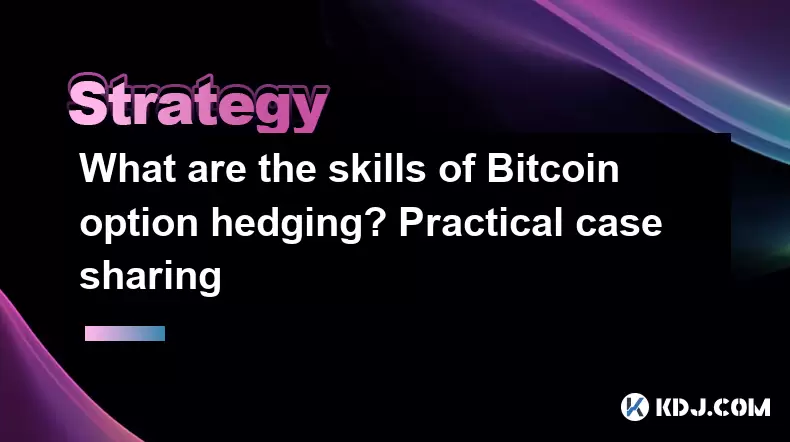
What are the skills of Bitcoin option hedging? Practical case sharing
Jun 24,2025 at 04:01pm
Understanding Bitcoin Option HedgingBitcoin option hedging is a risk management strategy used by traders and investors to protect their positions in the volatile cryptocurrency market. By using options, individuals can limit potential losses while retaining the opportunity for profit. In essence, it allows one to insulate against adverse price movements...
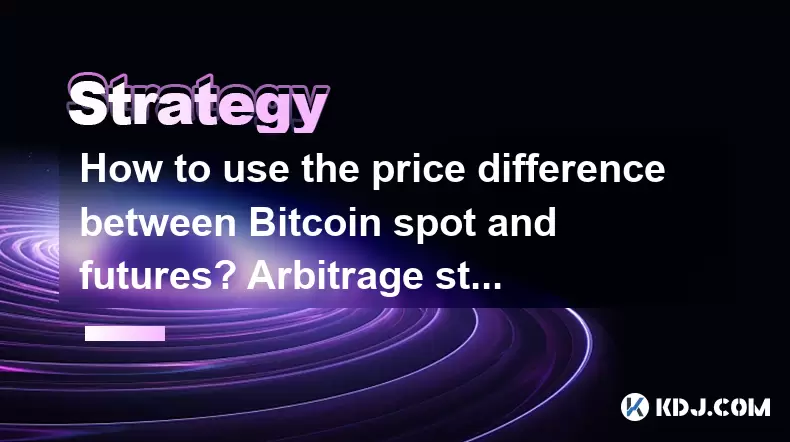
How to use the price difference between Bitcoin spot and futures? Arbitrage strategy
Jun 20,2025 at 02:56pm
Understanding Bitcoin Spot and Futures MarketsTo effectively leverage arbitrage opportunities between Bitcoin spot and futures markets, it's essential to understand the fundamental differences between these two types of markets. The spot market refers to the direct buying and selling of Bitcoin for immediate delivery at the current market price. In cont...
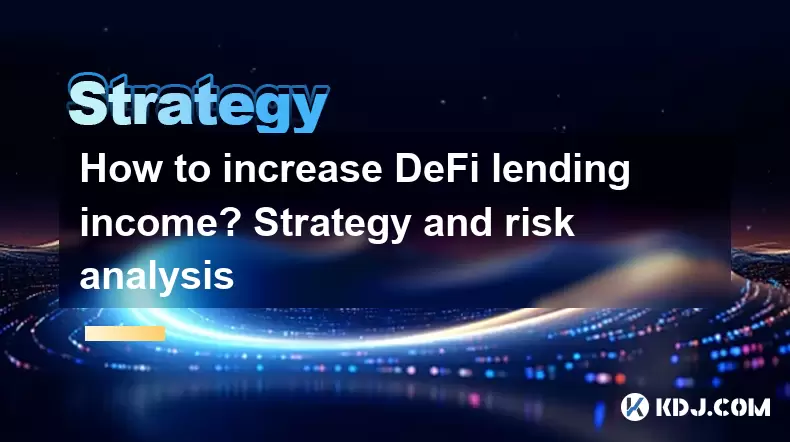
How to increase DeFi lending income? Strategy and risk analysis
Jun 24,2025 at 02:08pm
Understanding DeFi Lending and Its Income PotentialDeFi (Decentralized Finance) lending has emerged as a popular way to earn passive income in the cryptocurrency space. Unlike traditional banking systems, DeFi lending platforms allow users to lend their crypto assets directly to borrowers without intermediaries. The lenders earn interest based on the su...
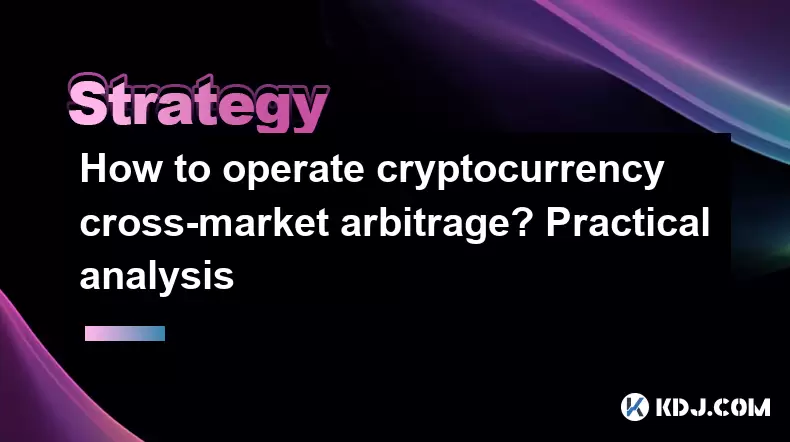
How to operate cryptocurrency cross-market arbitrage? Practical analysis
Jun 23,2025 at 04:01am
Understanding Cryptocurrency Cross-Market ArbitrageCryptocurrency cross-market arbitrage involves taking advantage of price differences for the same digital asset across different exchanges. The core idea is to buy low on one exchange and sell high on another, capturing the profit from the discrepancy. This strategy relies heavily on real-time market da...

How to make profits from high-frequency cryptocurrency trading? Sharing core skills
Jun 19,2025 at 05:07pm
Understanding High-Frequency Cryptocurrency TradingHigh-frequency trading (HFT) in the cryptocurrency market involves executing a large number of trades at extremely fast speeds, often within milliseconds. This method relies on small price discrepancies across exchanges or within a single exchange’s order book. Traders use complex algorithms and ultra-l...
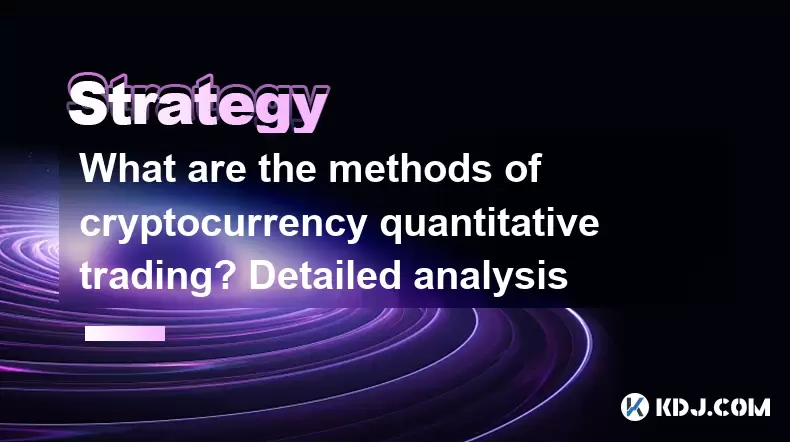
What are the methods of cryptocurrency quantitative trading? Detailed analysis
Jun 22,2025 at 11:07pm
Understanding the Core of Cryptocurrency Quantitative TradingCryptocurrency quantitative trading refers to the use of mathematical models and algorithms to execute trades in the digital asset market. Unlike traditional discretionary trading, which relies heavily on human judgment, quantitative trading leverages data-driven strategies to identify profita...

What are the skills of Bitcoin option hedging? Practical case sharing
Jun 24,2025 at 04:01pm
Understanding Bitcoin Option HedgingBitcoin option hedging is a risk management strategy used by traders and investors to protect their positions in the volatile cryptocurrency market. By using options, individuals can limit potential losses while retaining the opportunity for profit. In essence, it allows one to insulate against adverse price movements...

How to use the price difference between Bitcoin spot and futures? Arbitrage strategy
Jun 20,2025 at 02:56pm
Understanding Bitcoin Spot and Futures MarketsTo effectively leverage arbitrage opportunities between Bitcoin spot and futures markets, it's essential to understand the fundamental differences between these two types of markets. The spot market refers to the direct buying and selling of Bitcoin for immediate delivery at the current market price. In cont...

How to increase DeFi lending income? Strategy and risk analysis
Jun 24,2025 at 02:08pm
Understanding DeFi Lending and Its Income PotentialDeFi (Decentralized Finance) lending has emerged as a popular way to earn passive income in the cryptocurrency space. Unlike traditional banking systems, DeFi lending platforms allow users to lend their crypto assets directly to borrowers without intermediaries. The lenders earn interest based on the su...

How to operate cryptocurrency cross-market arbitrage? Practical analysis
Jun 23,2025 at 04:01am
Understanding Cryptocurrency Cross-Market ArbitrageCryptocurrency cross-market arbitrage involves taking advantage of price differences for the same digital asset across different exchanges. The core idea is to buy low on one exchange and sell high on another, capturing the profit from the discrepancy. This strategy relies heavily on real-time market da...

How to make profits from high-frequency cryptocurrency trading? Sharing core skills
Jun 19,2025 at 05:07pm
Understanding High-Frequency Cryptocurrency TradingHigh-frequency trading (HFT) in the cryptocurrency market involves executing a large number of trades at extremely fast speeds, often within milliseconds. This method relies on small price discrepancies across exchanges or within a single exchange’s order book. Traders use complex algorithms and ultra-l...

What are the methods of cryptocurrency quantitative trading? Detailed analysis
Jun 22,2025 at 11:07pm
Understanding the Core of Cryptocurrency Quantitative TradingCryptocurrency quantitative trading refers to the use of mathematical models and algorithms to execute trades in the digital asset market. Unlike traditional discretionary trading, which relies heavily on human judgment, quantitative trading leverages data-driven strategies to identify profita...
See all articles

























































































